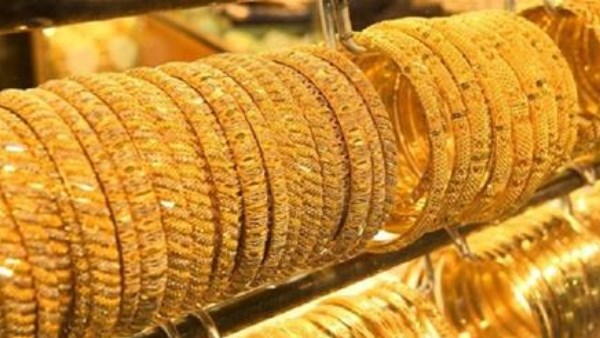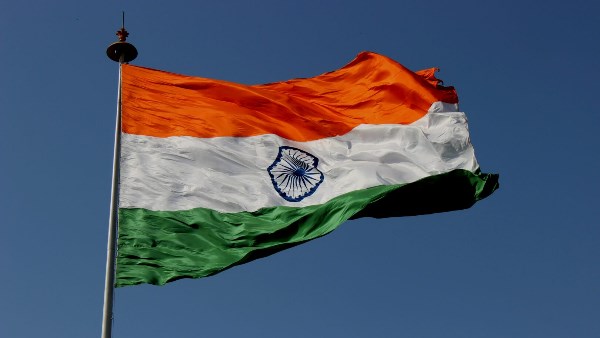Sushi Is Actually Bad For You

There's no denying the healthy benefits of high-quality sushi — the kind you find in the best Japanese restaurants around the globe (and pay a pretty penny for). Truth is, most of the sushi that is being consumed these days is not of that standard. It's more the quick cheap variety you get either at neighborhood restaurants or sushi on the go. If you're not careful, sushi can be a very high carb lunch without any protein or vegetables, leaving you hungry and craving more sugar after eating it.
Here are a few things to consider before grabbing a quick roll or two:
1. Sushi rice is made with sugar and rice vinegar. On average, two tablespoons of sugar and two tablespoons of rice vinegar is used per two cups of sushi rice. On top of all that sugar, your typical hand roll is 60 - 75% rice — the equivalent carb content of two slices of bread.
2. The type of rice used in sushi is short grain rice which spikes blood sugar levels.
3. The protein amounts in sushi are very small. I recommend a palm size of protein with every meal. You would have to eat a lot of sushi to get that covered and then there's all that rice you would eat along with it.
4. As it's low in protein and fat, it's low in satiety and you will be craving more sugar after your typical quick lunch sushi.
5. It's very salty. Sushi rice is made with salt and soy sauce is very high in salt.
5. A lot of things in your average sushi, like the crab sticks in California rolls, are processed foods.

























